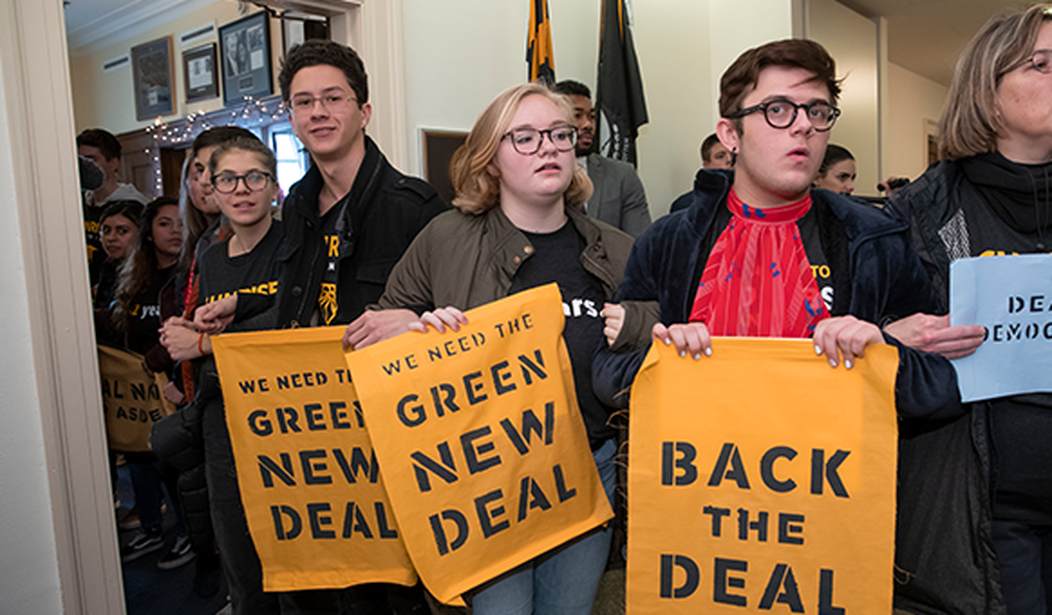It’s 2023, which means we’re due for a brand new ominous climate prediction. These pave the way for world leaders, particularly those in the United States, to intensify their rhetoric and call for unparalleled government spending to combat the crisis before it’s too late.
And here it comes, right on schedule. The U.N.’s Intergovernmental Panel on Climate Change (UNIPCC) has dropped a new report claiming we’re teetering on the brink of a global warming point of no return, with armageddon set to hit us by the early 2030s. The timing is perfect for climate hysterics to sound the alarm and demand immediate action. It’s close enough to feel urgent, but far enough away that they can’t be held responsible if things don’t go as planned.
The report says that Earth will likely warm by 1.5 degrees Celsius above preindustrial levels around “the first half of the 2030s,” as humans remain reliant on fossil fuels.
But have no fear! Despite the dire prediction of the UNIPCC report, there is hope! Where there’s a will to stop climate change, there’s big government to rescue.
To save our world from a climate apocalypse, “it would require industrialized nations to join together immediately to slash greenhouse gases roughly in half by 2030 and then stop adding carbon dioxide to the atmosphere altogether by the early 2050s,” explains the New York Times. “If those two steps were taken, the world would have about a 50 percent chance of limiting warming to 1.5 degrees Celsius.”
If that didn’t get the point across, the New York Times added, “Delays of even a few years would most likely make that goal unattainable, guaranteeing a hotter, more perilous future.”
“The pace and scale of what has been done so far and current plans are insufficient to tackle climate change,” said Hoesung Lee, the chair of the climate panel. “We are walking when we should be sprinting.”
Sure, it’s a cute story worthy of the next big-budget Hollywood climate disaster film that bombs at the box office, but how much longer do these climate fearmongers believe they can get away with yet another doomsday prediction?
Related: Greta Thunberg’s 2018 Prediction That World Would End In Five Years Doesn’t Turn Out So Well
The alarmists have a record of failed predictions that goes back decades. In the 1960s, it was predicted that there’d be a worldwide famine by the mid-1970s. In the 1970s, the big thing we were supposed to fear was a new Ice Age. At first, it was supposed to happen by 2000, but then the prediction was moved to 2020 or 2030. In the 1980s, the risk was no longer global cooling, but global warming. This was accompanied by predictions of mass regional droughts, with rising sea levels that would submerge islands and even entire countries by the year 2000. Oh, and we were also told to fear acid rain.
In 2002, it was predicted that in ten years, a global famine would occur unless we gave up eating fish, meat, and dairy. In 2005, it was predicted that climate change would result in 50 million climate refugees by 2020. In 2008, Al Gore predicted the Artic would be ice-free by 2013.
Are you noticing a pattern? Is it not clear what’s been happening for decades? For generations, radical environmentalists have sought to cultivate a sense of alarm in the general public. That’s how they legitimize government spending on climate initiatives that, frankly, do nothing but enrich the donors of the politicians who endorse these policies.










